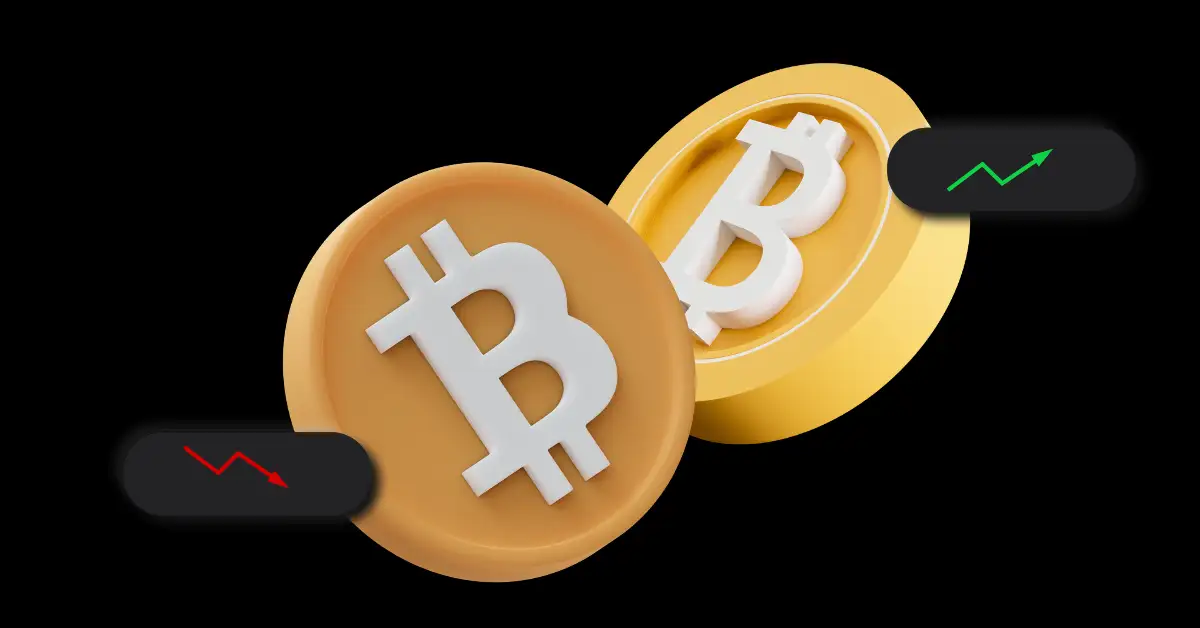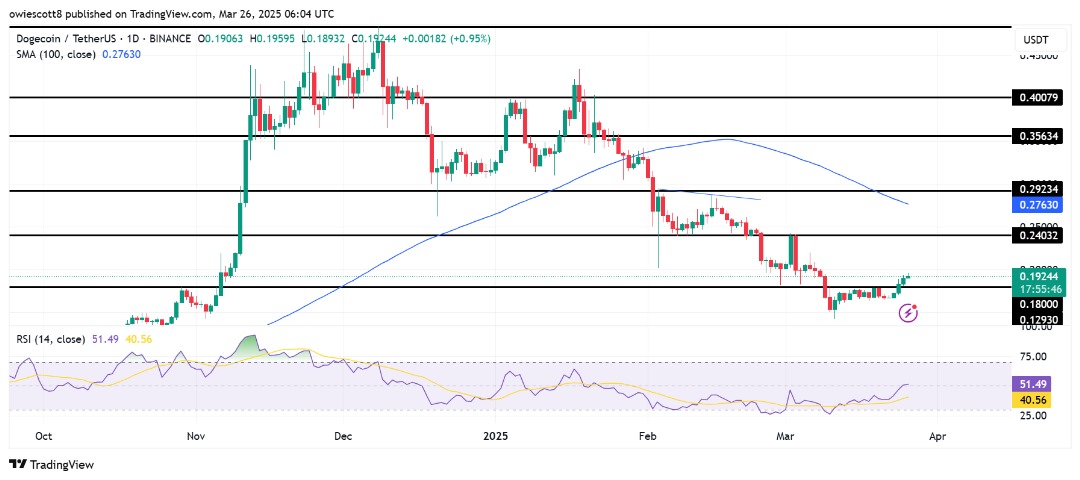Ethereum advances Pectra upgrade after Hoodi testnet success
Ethereum (CRYPTO:ETH) developers successfully activated the Pectra upgrade on the Hoodi testnet, marking a critical step toward mainnet deployment.
The March 26 test follows earlier challenges on Holesky and Sepolia networks, where configuration bugs caused instability.
Hoodi, launched March 17, was created to finalise Pectra testing after Holesky lost finality for weeks and Sepolia faced synchronisation issues.
The new testnet forked Pectra and finalised within 30 minutes, demonstrating improved stability.
Pectra introduces key changes, including EIP-7702 for account abstraction, EIP-7251 to raise validator stake limits from 32 to 2,048 ETH, and EIP-7691 to boost rollup scalability via increased blob counts.
Developers aim to test these features thoroughly on Hoodi before mainnet activation.
The upgrade’s timeline hinges on Hoodi’s performance.
If no major issues emerge, Pectra could deploy on Ethereum’s mainnet as early as late April—about 30 days post-test.
However, developers may extend the timeline to May or June for additional testing.
Hoodi permanently replaces Holesky, which will be deprecated later this year.
The testnet’s success reflects Ethereum’s methodical approach to upgrades, prioritising stability over speed.
While Pectra’s mainnet deployment remains pending, its completion would advance Ethereum’s scalability and usability.
Developers continue refining code to ensure seamless integration of new features, balancing innovation with network reliability.
The upgrade’s progress underscores Ethereum’s focus on iterative improvements, addressing both technical limitations and user experience.
Final testing on Hoodi will determine whether Pectra meets the standards for live deployment.
For now, stakeholders await further updates as Ethereum inches closer to implementing Pectra’s enhancements.
The outcome will influence the network’s capacity to handle growing demand for decentralised applications and rollups.
At the time of reporting, the Ethereum (ETH) price was $2,023.18.
Disclaimer: The content of this article solely reflects the author's opinion and does not represent the platform in any capacity. This article is not intended to serve as a reference for making investment decisions.
You may also like
VIPBitget VIP Weekly Research Insights
The RWA (Real-World Assets) sector has been gaining significant traction in the crypto space, as it tokenizes traditional assets like real estate and bonds to bridge the gap between TradFi and DeFi. This process unlocks trillions of dollars in potential value, while enabling broader access to high-value investments through asset fractionalization, increased liquidity, and lower entry barriers. RWA also diversifies and stabilizes DeFi collateral options, addressing the sector's over-reliance on crypto-native assets and paving the way for large-scale adoption. With regulatory frameworks becoming clearer worldwide, the compliance advantages of RWAs are increasingly evident—drawing in institutional capital. What sets RWA projects apart is their connection to real-world income streams like rent and interest payments, offering more sustainable returns than purely speculative assets. These cash-flow-generating features appeal to investors seeking steady returns. As such, RWA is seen as a crucial step in the evolution of blockchain technology from concept to practicality. Its development potential and practical use cases make it an important sector in the crypto industry today.

Economist warns of a recession: Will Bitcoin and altcoins crash or rise?

Dogecoin Proves It’s Not Dead – $0.18 Retest Could Be The Beginning

Chainlink (LINK) Poised for Breakout—Is $40.70 Next?

